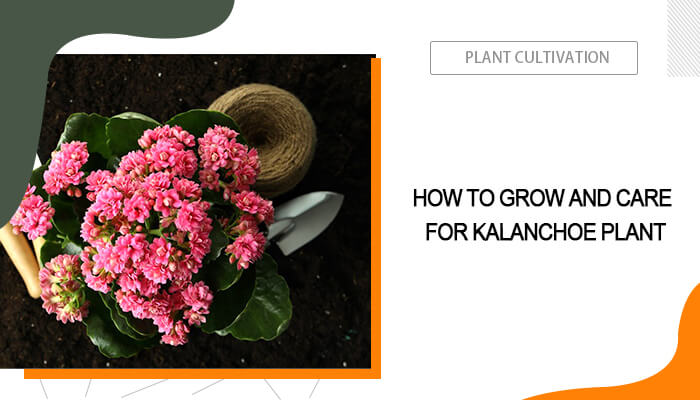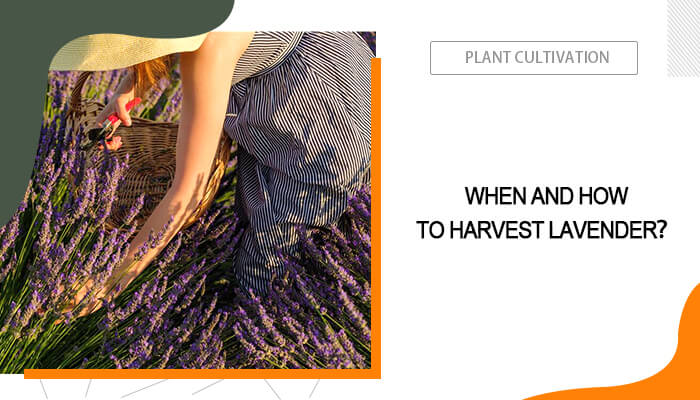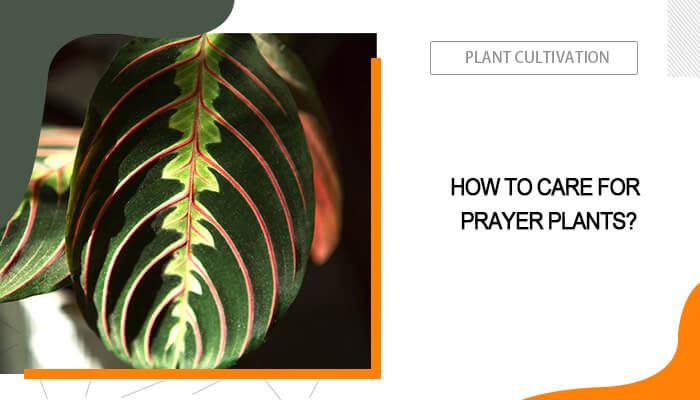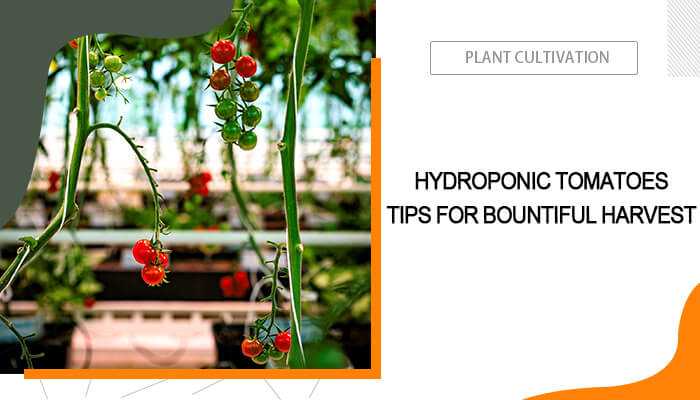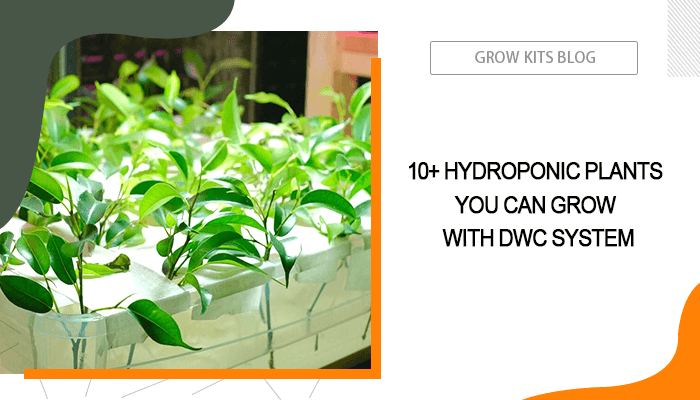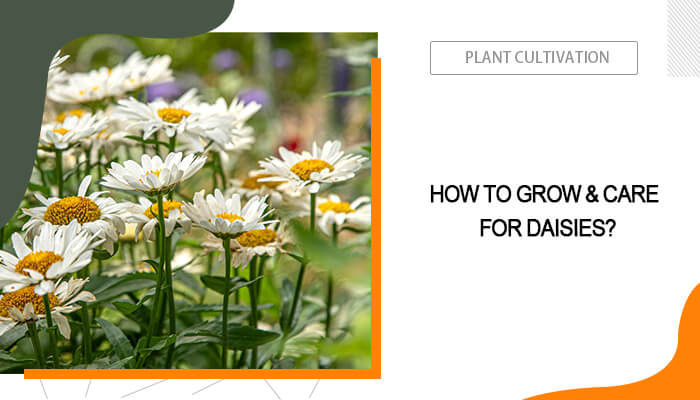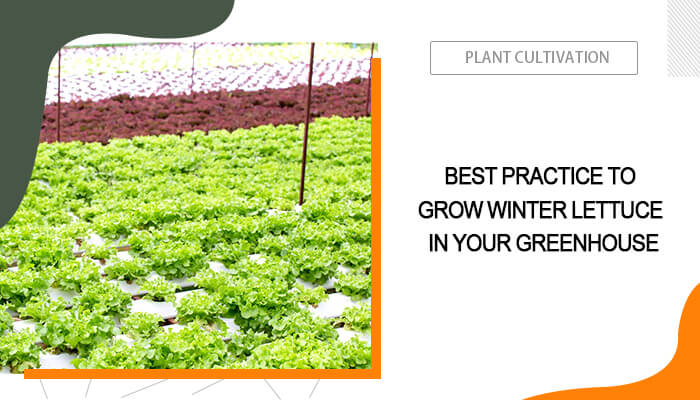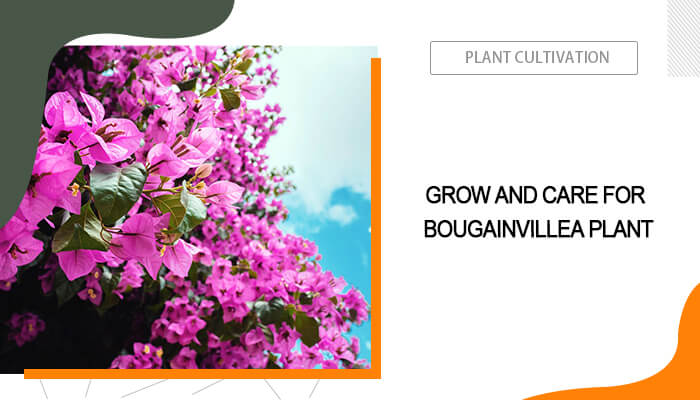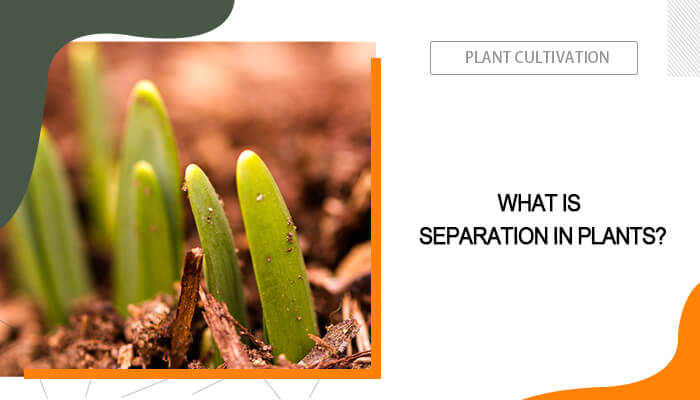If you’re looking for a stunning and low-maintenance plant to enhance your indoor or outdoor space, Kalanchoe plant is an excellent choice. Renowned for their bright, colorful flowers, they can brighten any space. Available in shades of red, pink, yellow, and white, these blooms can last for weeks, providing a cheerful display.
Kalanchoe is a also genus of succulent plants with thick and oval-shaped leaves, which help them to store water and tolerant drought. You can grow Kalanchoe plant both indoors and outdoors as long as you can give it bright indirect light or full sun.
In this post, we’ll learn how to grow and care for Kalanchoe Plant. Whether you’re a seasoned gardener or just starting out, our comprehensive guide will provide you with all the information you need to cultivate and maintain thriving Kalanchoe plants in your home or garden.
Table of Contents
Does Kalanchoe Only Bloom Once?
Kalanchoe plants can bloom multiple times throughout their life, but the frequency and duration of blooming can vary based on the species and care conditions. Typically, Kalanchoe blooms for several weeks during its flowering season, which is often in late winter to early spring. After the initial bloom, the plant may go dormant and not produce flowers for a while.
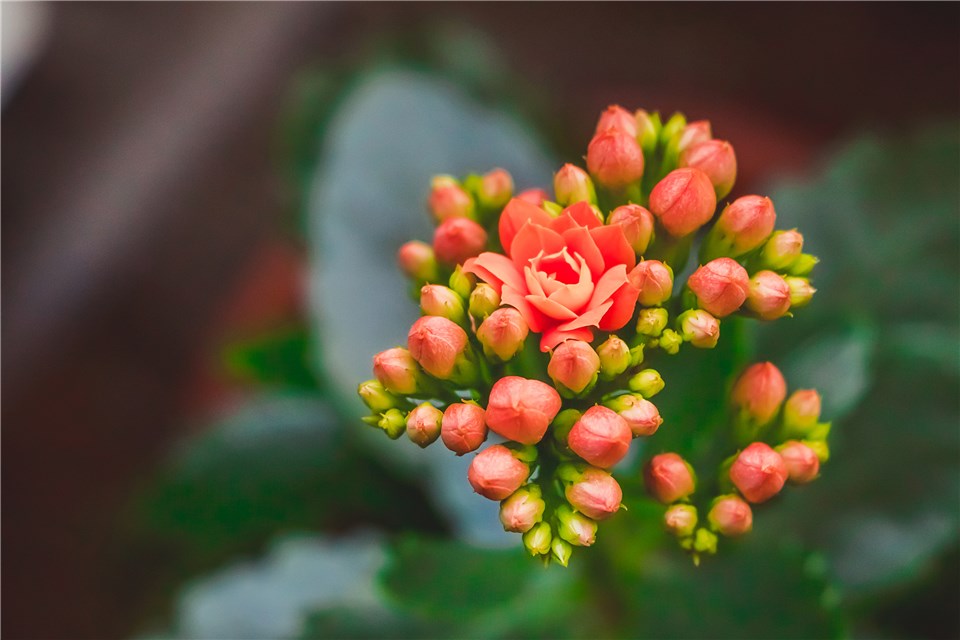
Kalanchoe Flowers
However, you can give it a second bloom cycle. To encourage your Kalanchoe to bloom more frequently, provide it with bright, indirect light for at least 6 hours a day, as sufficient light is crucial for flower production.
Kalanchoe Plant Benefits
Kalanchoe plants are an excellent choice for both beginner gardeners and busy professionals, since they require minimal care and maintenance. For succulent lovers who live in warmer climates, they can also benefit from Kalanchoe’s adaptability for outdoor gardening. Here are other benefits of Kalanchoe plants:
- Low Maintenance: Requires minimal care, ideal for busy individuals and beginners.
- Aesthetic Appeal: Vibrant blooms and attractive foliage enhance home decor and garden landscapes.
- Air Purification: Improves indoor air quality by filtering toxins and using ventilation system.
- Long Blooming Period: Flowers can last for several weeks, providing long-lasting visual interest.
- Versatility: Can be grown in pots, hanging baskets, or garden beds for creative landscaping.
- Pest Resistance: Generally resistant to common pests and diseases, making them easier to care for.
- Medicinal Properties: Some species have traditional uses for their anti-inflammatory and wound-healing benefits.
- Drought Tolerance: Stores water in its leaves, allowing it to thrive with infrequent watering.
Kalanchoe Plant Care
Caring for a Kalanchoe plant is straightforward, as Kalanchoe can thrive with minimal maintenance. To ensure your Kalanchoe thrives, it's essential to provide bright, indirect sunlight, well-draining soil, a careful watering schedule, and a regular fertilizing during the growing season. In this part, we’ll introduce how to care for a Kalanchoe plant. Keep reading and find the answers.
Kalanchoe Plant Light
Kalanchoes thrive in bright, direct sunlight. Place them near a south or west-facing window where they can get at least 6 hours of sun per day. If growing indoors, supplement with a grow light. Too little light can cause leggy growth.
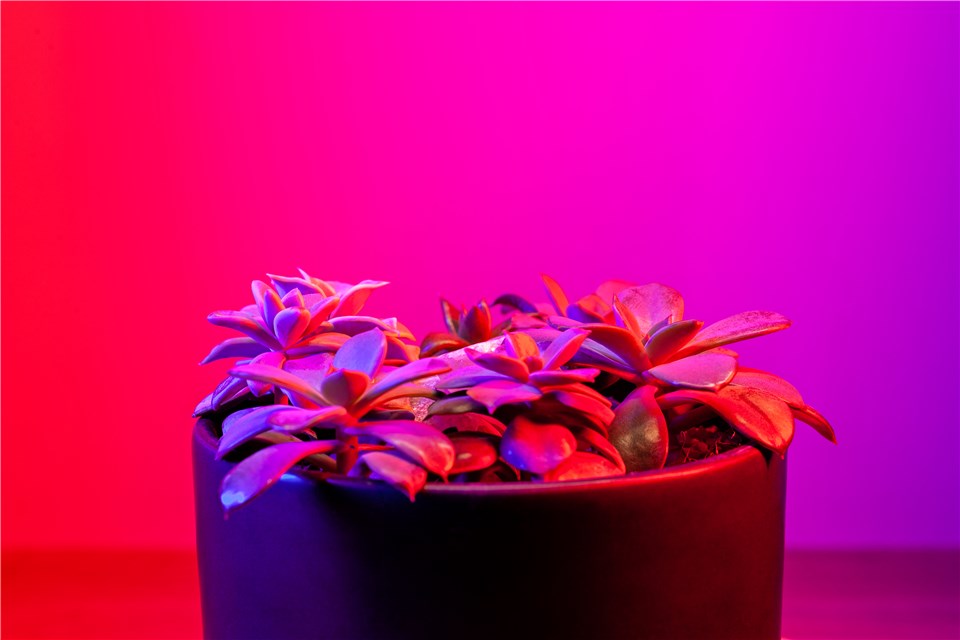
Kalanchoe Plant Light
Kalanchoe Plant Watering
Kalanchoes are succulents so that they need little watering. Allow the soil to dry out completely between waterings. Water thoroughly when the soil is dry, and then allow excess water to drain completely. Especially, reduce watering in winter when growth slows because overwatering can lead to root rot.
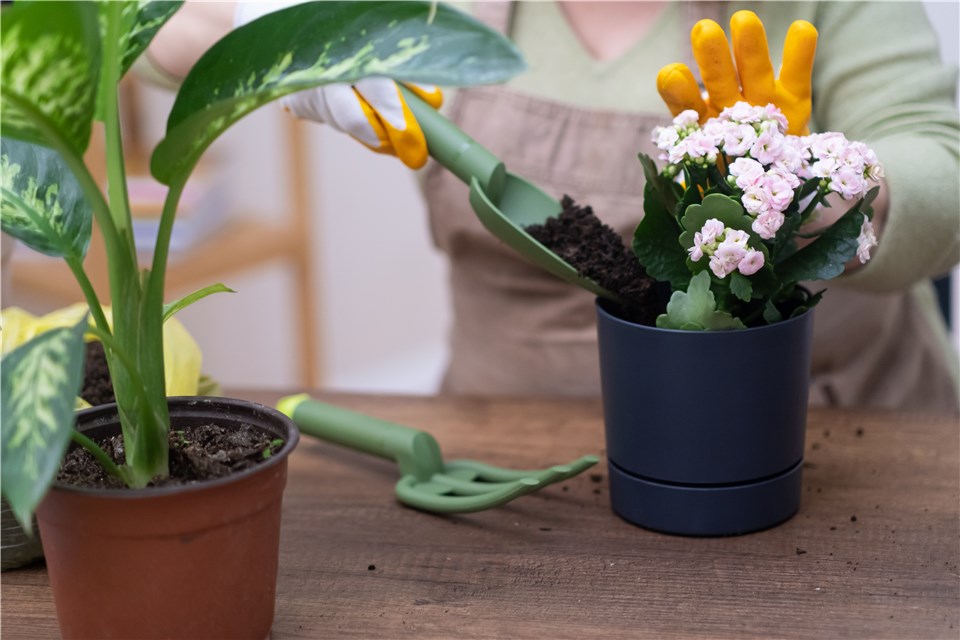
Kalanchoe Plant Watering
Kalanchoe Plant Soil
Kalanchoes require well-draining soil to prevent root rot, this is because that they are succulents and they store water in their leaves. A suitable potting mix can be created by combining 60% peat moss and 40% perlite or using a mix of 50% potting soil and 50% cactus mix. This ensures that excess moisture drains away, keeping the roots healthy.
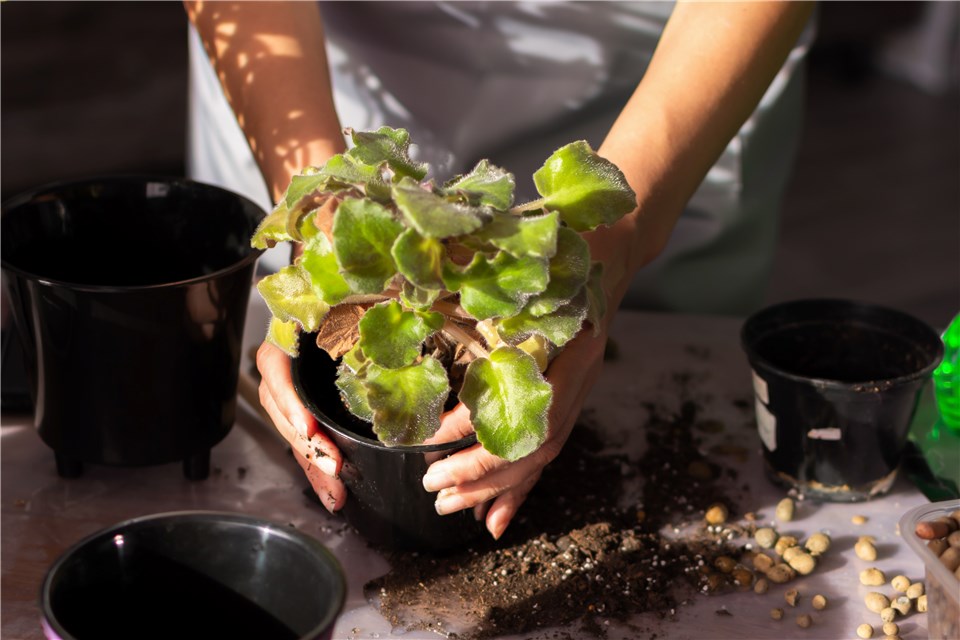
Kalanchoe Plant Soil
Kalanchoe Plant Fertilizer
Proper fertilization is essential for healthy Kalanchoe growth and vibrant blooms. During the active growing season in spring and summer, use a balanced fertilizer with an N-P-K ratio of 20-20-20 to support overall growth. In the fall, switch to a higher-phosphorus fertilizer, like 0-10-10, to prepare for the next blooming cycle. Fertilize once a month during the growing season, but avoid fertilizing in winter when the plant is dormant. When applying liquid fertilizer, dilute it as per package instructions and evenly distribute it around the base to prevent root burn.
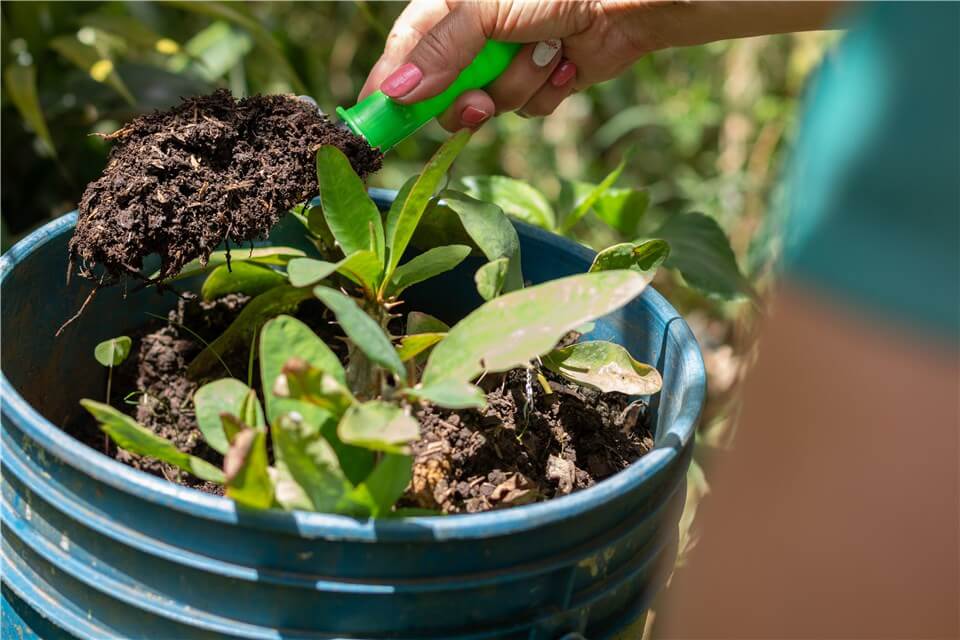
Kalanchoe Plant Fertilizer
Kalanchoe Plant Pest Management
Kalanchoe plant can be susceptible to common pests like aphids, mealybugs, and spider mites. To prevent infestations, regularly inspect your plant for any signs of pests, such as discolored leaves or sticky residue. If you notice pests, you can treat the affected areas with insecticidal soap or neem oil. Besides, wiping the leaves with a damp cloth can help remove small pests and dust. Furthermore, ensuring proper air circulation and avoiding overcrowding can deter pests as well.
Kalanchoe Plant Propagation
Kalanchoe plants do not spread aggressively, but they can produce offsets or “pups” at the base. These small plants can be separated and propagated than. While it isn’t necessary to propagate a Kalanchoe for its health, Kalanchoe plant propagation allows you to enhance your indoor garden and provide gifts for friends. Besides, removing offsets can help the parent Kalanchoe plant converse energy and promote their growth.
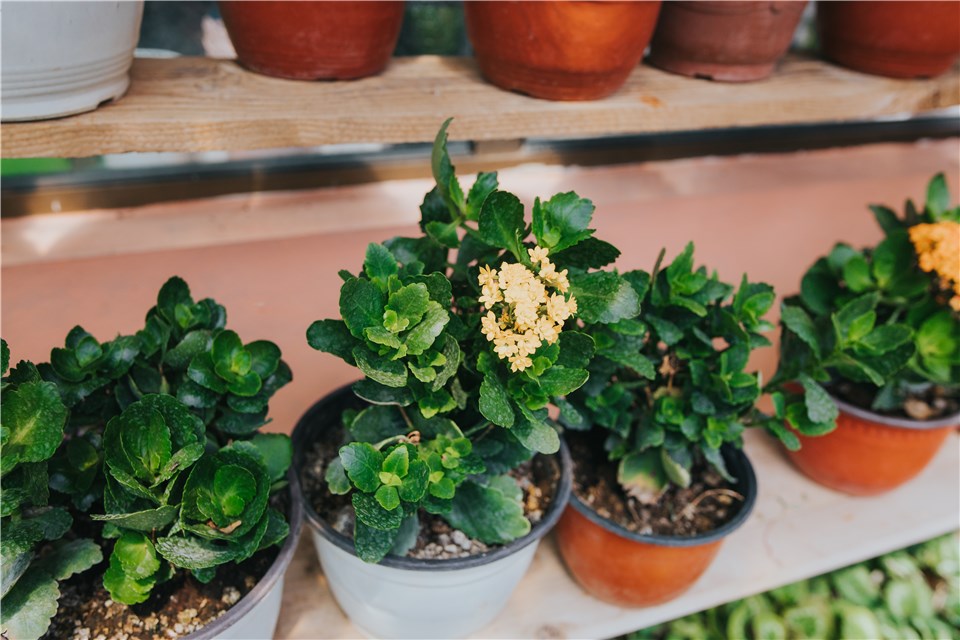
Kalanchoe Plant Propagation
To propagate Kalanchoe plants, follow the instructions below.
- In spring or early summer, select a healthy stem from the parent plant that is about 2-3 inches long. Ensure it has at least two pairs of leaves and remove the bottom set to prevent rot.
- Place the cutting in a dry location for a few days to allow the cut end to callus over. This helps prevent rot when planted.
- Once Kalanchoe Plant is callused, insert the cutting into well-draining soil, such as a mix of peat and perlite. Ensure that no leaves are touching the soil.
- Initially, do not water the cutting. Instead, mist it lightly to maintain humidity. After a few weeks, you can keep the soil slightly moist but avoid overwatering.
- Cover the pot with a plastic bag to retain humidity and place it in a bright, indirect light location. Remove the bag daily for ventilation.
- Wait for the roots to develop in about 10-14 days. Once established, you can treat your new Kalanchoe like a mature plant.
Is Kalanchoe Plant Toxic to Cats?
Yes, Kalanchoe plants are toxic to cats. They contain bufadienolides, which are cardiac glycosides that can cause gastrointestinal distress and potentially serious heart issues if ingested. Symptoms of poisoning may include vomiting, diarrhea, excessive drooling, and in severe cases, abnormal heart rhythms or collapse. While the toxicity level is generally considered mild, it is crucial to keep Kalanchoe plants out of reach of pets. If you suspect your cat has ingested any part of a Kalanchoe plant, it's important to seek veterinary care immediately to ensure proper treatment and care.
Conclusion
As you can see, it’s simple to grow and care for a Kalanchoe plant. These resilient succulents are relatively low-maintenance for gardeners and growers. With the right care, your Kalanchoe can flourish and provide vibrant flowers, adding beauty to your space throughout the year.




